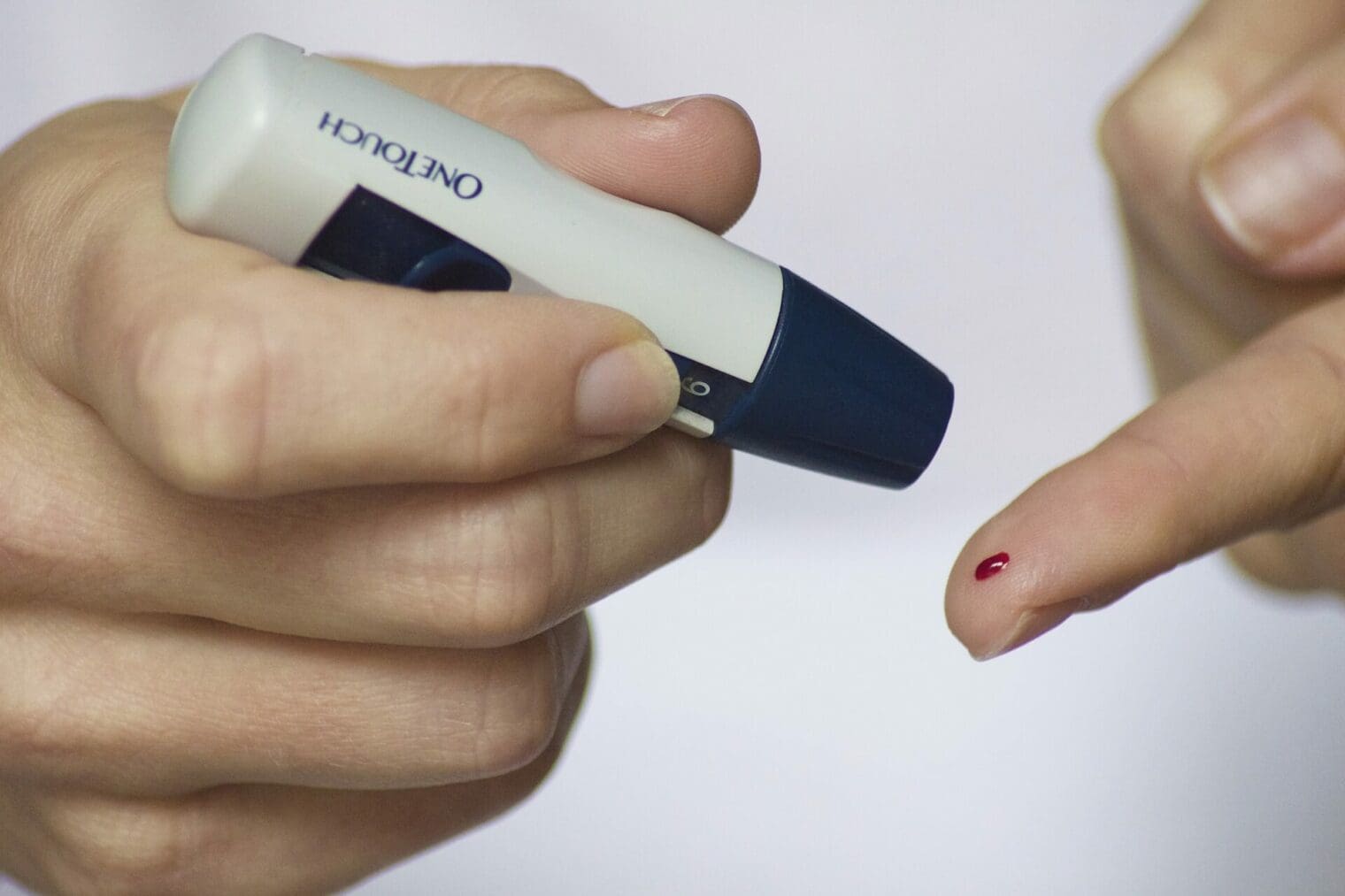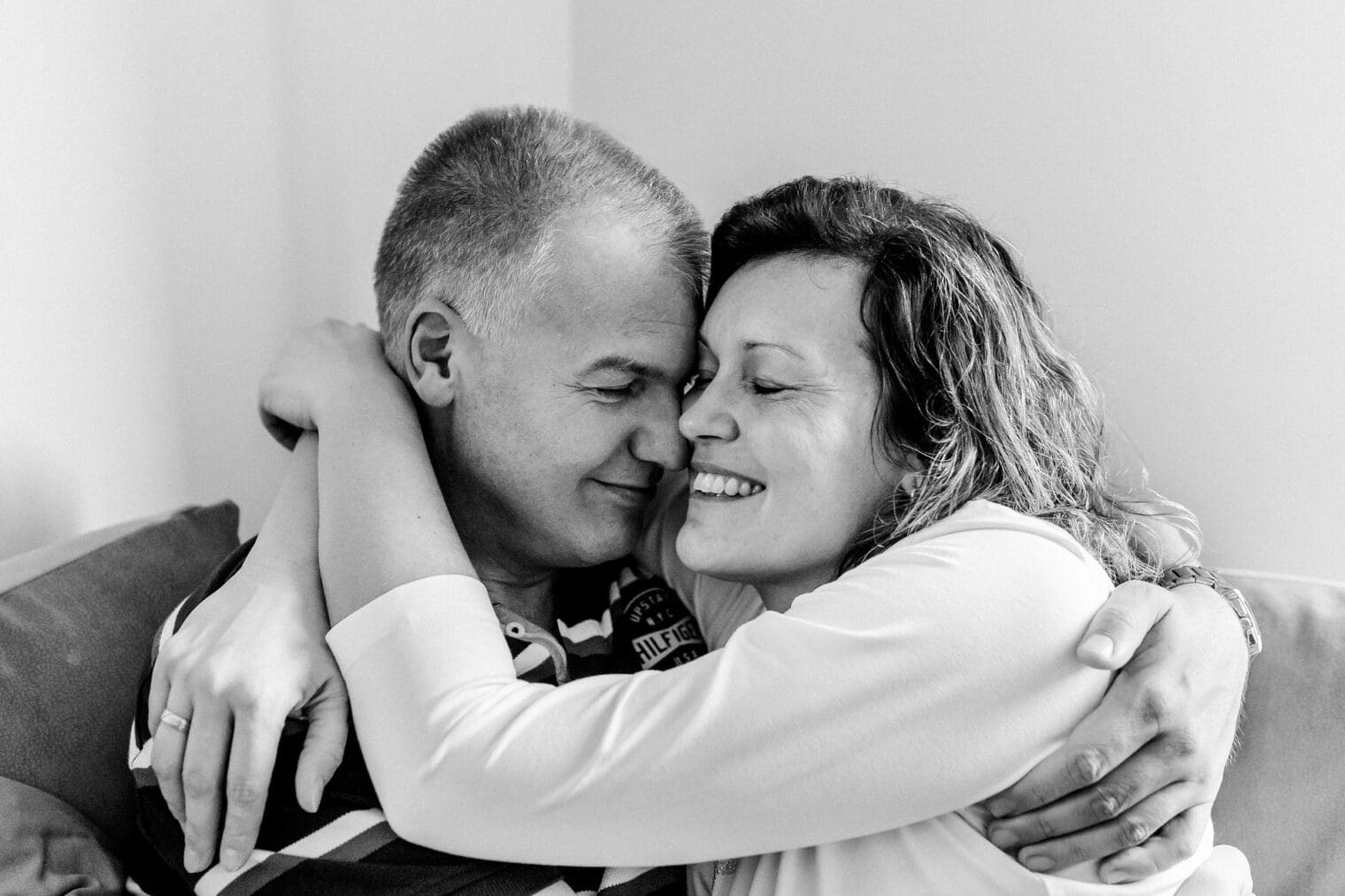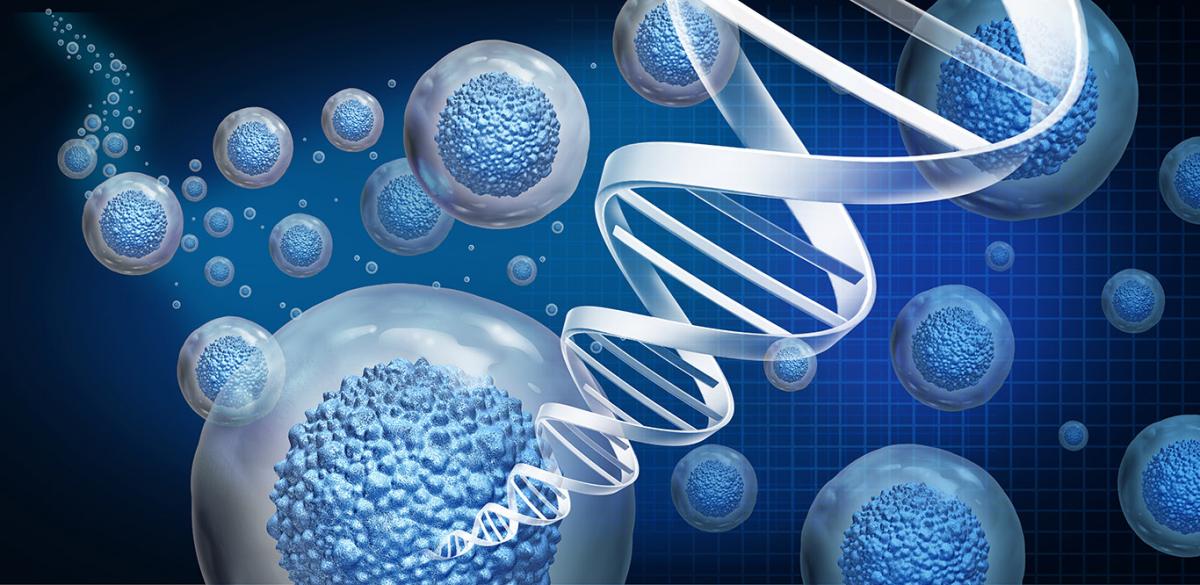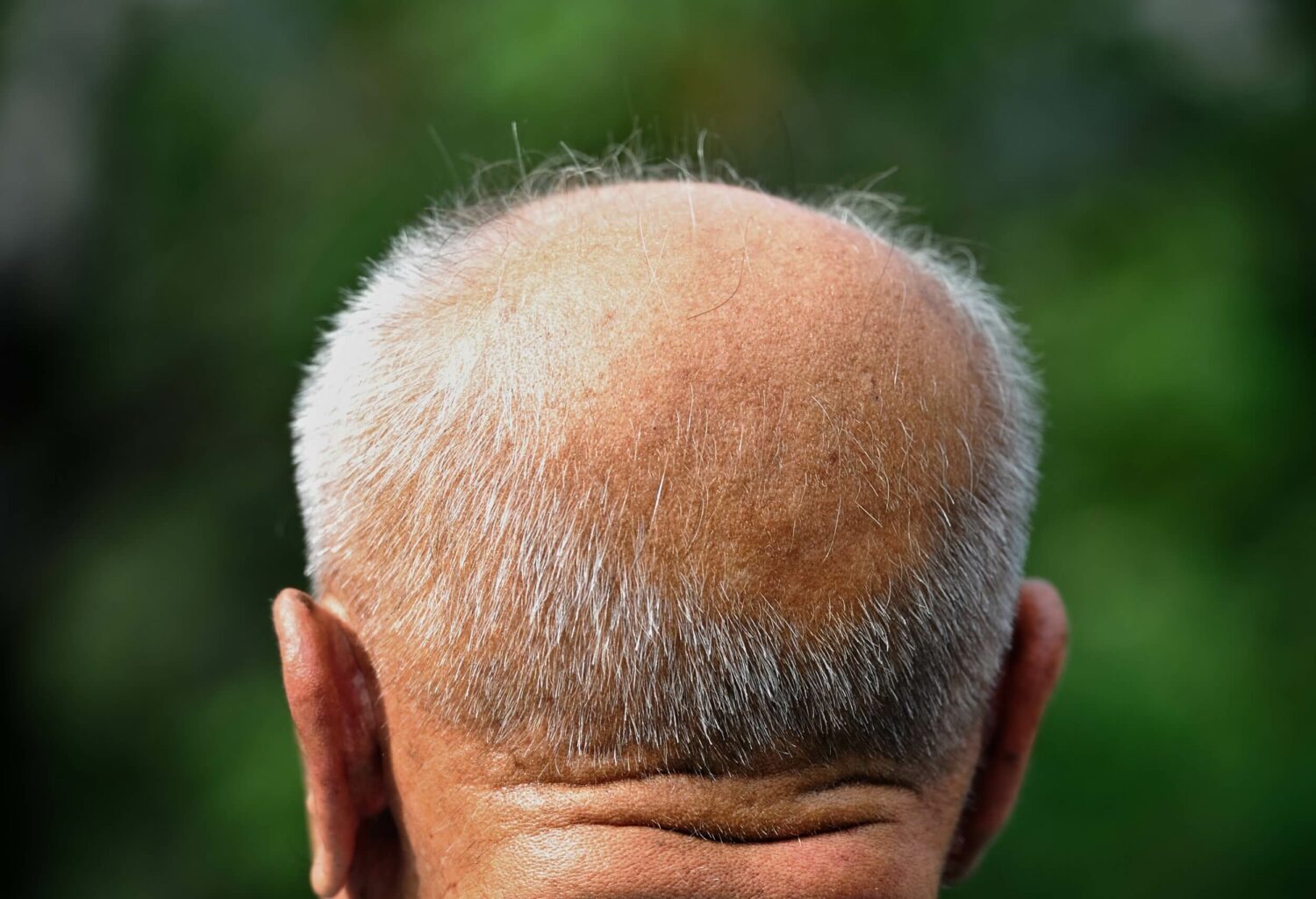It’s difficult to pin down the early stages of hair loss in men. Are you worried about your receding hairline or thinning hair? You’re not alone. Hair loss is a common concern for many men, and it can have a significant impact on confidence and self-esteem. In fact, did you know that by the age of 50, approximately 85% of men will experience some degree of hair thinning? Understanding the causes and treatment options for hair loss can help you navigate this challenge with more confidence.
This blog aims to provide clear and simple information about the causes, symptoms, and treatments for hair loss in men. Whether you’re looking to understand why it’s happening or seeking solutions to tackle it head-on, this article will guide you through all aspects of male hair loss. So let’s explore how to address this common hair loss in men issue together!
Brief explanation of what hair loss is
Hair loss, or alopecia, involves the thinning of hair on the scalp and can progress to complete baldness. This condition affects many men worldwide and can significantly impact self-esteem and emotional well-being.
Various factors contribute to hair thinning and balding in men, including genetics, stress, medical conditions, and changes in hormones.
The process typically starts with a receding hairline or hair shedding from the top of the head. Male pattern baldness, also known as androgenetic alopecia, is the most common form of hair loss among men.
It results from a combination of genetic predisposition and dihydrotestosterone (DHT), affecting the growth cycle of hair follicles on the scalp. Over time, these affected follicles produce thinner hairs until they stop producing any hair at all.
Overview of the significance of hair loss in men
Losing hair significantly impacts men’s lives, affecting not just their appearance but also their self-esteem and emotional well-being. Androgenic alopecia, more commonly known as male-pattern baldness, stands as the prime cause of hair loss in men.
This condition can lead to a visible change in the hairline and thinning atop the head, often resulting in substantial psychological stress.
For many, this shift prompts a search for effective hair restoration treatments. Options range from medications like Finasteride and Minoxidil to procedures such as hair transplants.
Understanding these possibilities allows individuals to explore solutions that might best promote hair regrowth or offer satisfactory cosmetic alternatives.
Causes of Hair Loss in Men
Genetics, medical issues, stress or shock, infections and immune system disorders, as well as impulse control disorder and grooming habits contribute to hair loss in men. To understand the complexities of this hair loss in men issue and explore possible solutions, read on.
Genetics
Genetics plays a significant role in hair loss, and male pattern baldness, also known as androgenetic alopecia, is commonly linked to genetic factors. Understanding the genetic predisposition for hair loss can help individuals make informed decisions about potential treatments or preventative measures.
Specific genes inherited from both parents can influence the sensitivity of hair follicles to dihydrotestosterone (DHT), a hormone that contributes to the miniaturisation of follicles leading to thinner and shorter hair growth cycles.
Recognising the genetic component of hair loss can empower men to take proactive steps towards maintaining scalp health and seeking appropriate treatment options if needed.
By understanding how genetics impacts hair growth, individuals can make well-informed choices about managing or preventing further progression of genetically influenced hair loss. This awareness underscores the importance of considering genetic factors when exploring available treatment options such as Finasteride and Minoxidil while embracing lifestyle changes that support healthy scalp conditions.
Medical issues
Medical issues contributing to hair loss in men can stem from various health conditions. These may include hormonal imbalances, thyroid disorders, scalp infections such as ringworm, and underlying autoimmune diseases like lupus.
Additionally, certain medications used to treat chronic illnesses can have an adverse effect on hair growth.
It’s crucial for individuals experiencing hair loss to consult a healthcare professional for a thorough evaluation. Identifying and addressing any medical issues is vital in developing an effective treatment plan tailored towards managing or mitigating the impact of hair loss on one’s overall well-being.
Stress or shock
Stress or shock, such as emotional strain or anxiety-inducing events, can contribute to hair loss in men. High-stress levels trigger an increase in the body’s production of certain hormones, leading to hair thinning and shedding.
Managing stress through relaxation techniques, exercise, and seeking support from loved ones can have a positive impact on reducing hair loss related to stress or shock. Understanding the role of stress as a potential factor in hair loss is crucial for effective treatment and management.
Moving on to “Infections and immune system disorders”, let’s explore how these factors can influence hair loss in men.
Infections and immune system disorders
Infections and immune system disorders can contribute to hair loss in men. Infections such as ringworm can lead to patches of hair loss, while autoimmune conditions like alopecia areata result from the body’s immune system mistakenly attacking the hair follicles.
Understanding these factors is crucial when considering treatment options for genetic hair loss.
Impulse control disorder and grooming habits
Impulse control disorder and grooming habits can contribute to hair loss in men. Compulsive hair pulling, also known as trichotillomania, is a type of impulse control disorder that leads to significant hair loss.
This condition involves recurrent pulling of hair, often resulting in bald patches. Excessive grooming practices such as vigorous combing, brushing, or styling can also lead to mechanical damage and breakage of the hair strands, ultimately contributing to overall hair thinning and loss.
Understanding the impact of impulse control disorders and grooming habits on hair health is crucial for addressing the underlying causes of hair loss in men.
Common Types of Hair Loss
Male-pattern baldness, female-pattern baldness, patchy hair loss (alopecia areata), traction alopecia, and frontal fibrosing alopecia are some common types of hair loss. For more details on each type, continue reading the full article.
Male-pattern baldness
Male-pattern baldness, also known as androgenetic alopecia, is the most common type of hair loss in men. It is primarily caused by genetics and the presence of dihydrotestosterone (DHT) which leads to a gradual recession of the hairline and thinning at the crown.
The condition typically follows a specific pattern, starting with a receding hairline and thinning on the crown, eventually leading to partial or complete baldness. Male-pattern baldness can begin as early as their late teens or early 20s for most men.
Effective treatments for male-pattern baldness include medications such as finasteride and minoxidil, which can slow down hair loss and promote regrowth. Additionally, advanced hair restoration techniques like follicular unit transplantation (FUT) and follicular unit extraction (FUE) offer long-term solutions for restoring a natural-looking full head of hair.
The impact of male-pattern baldness on self-esteem and overall well-being should not be underestimated. Understanding its causes, symptoms, and treatment options can help individuals make informed decisions about managing this common condition.
Female-pattern baldness
Female-pattern baldness, also known as androgenetic alopecia, is a common form of hair loss in women. It is characterised by a gradual thinning of the hair, particularly on the top of the head and along the parting line.
This type of hair loss is hereditary and can be influenced by hormonal changes, ageing, and genetics. Women with female-pattern baldness may experience a widening part or noticeable thinning at the crown.
While it doesn’t usually result in complete baldness like male-pattern baldness, it can still have a significant impact on self-esteem and emotional well-being.
Understanding Female-pattern Baldness: Causes, Symptoms & Treatments
Patchy hair loss (alopecia areata)
Moving from female-pattern baldness to patchy hair loss (alopecia areata), this type of hair loss occurs when the immune system mistakenly attacks hair follicles, leading to sudden hair loss in small patches on the scalp.
The affected area is usually smooth and round, and it can occur at any age. Alopecia areata can also affect other parts of the body such as eyebrows or beard.
The exact cause of alopecia areata is not fully understood, but it’s believed to be a combination of genetic factors and environmental triggers. Stress, trauma, infections, or certain medications may also play a role in triggering this condition.
Fortunately, treatments such as corticosteroid injections and topical immunotherapy can help stimulate hair regrowth in the affected areas.
Traction alopecia
Traction alopecia occurs when hair is pulled tightly, causing damage to the hair follicles. This type of hair loss is commonly seen in individuals who frequently wear tight hairstyles such as plaits, cornrows, or ponytails.
Over time, the constant pulling causes weakening and eventual breakage of the hair. If left unaddressed, traction alopecia can lead to permanent hair loss in affected areas.
Understanding the causes and symptoms of traction alopecia is crucial for early recognition and prevention. By learning about this condition and its potential impact on men’s hair health, individuals can take proactive steps to minimise their risk of developing traction alopecia or seek appropriate treatment if already affected.
Moving on to “Frontal fibrosing alopecia,” another important type of hair loss that warrants attention.
Frontal fibrosing alopecia
Transitioning from “Traction alopecia” to “Frontal fibrosing alopecia,” this type of hair loss primarily affects the frontal hairline and eyebrows in postmenopausal women. However, it is increasingly being diagnosed in men as well.
Frontal fibrosing alopecia is characterised by a progressive recession of the frontotemporal hairline, often accompanied by scarring and redness. The cause of this condition is not fully understood but may involve a combination of genetic predisposition and hormonal factors.
Seeking medical attention for an accurate diagnosis and individualised treatment plan is crucial when experiencing symptoms associated with frontal fibrosing alopecia.
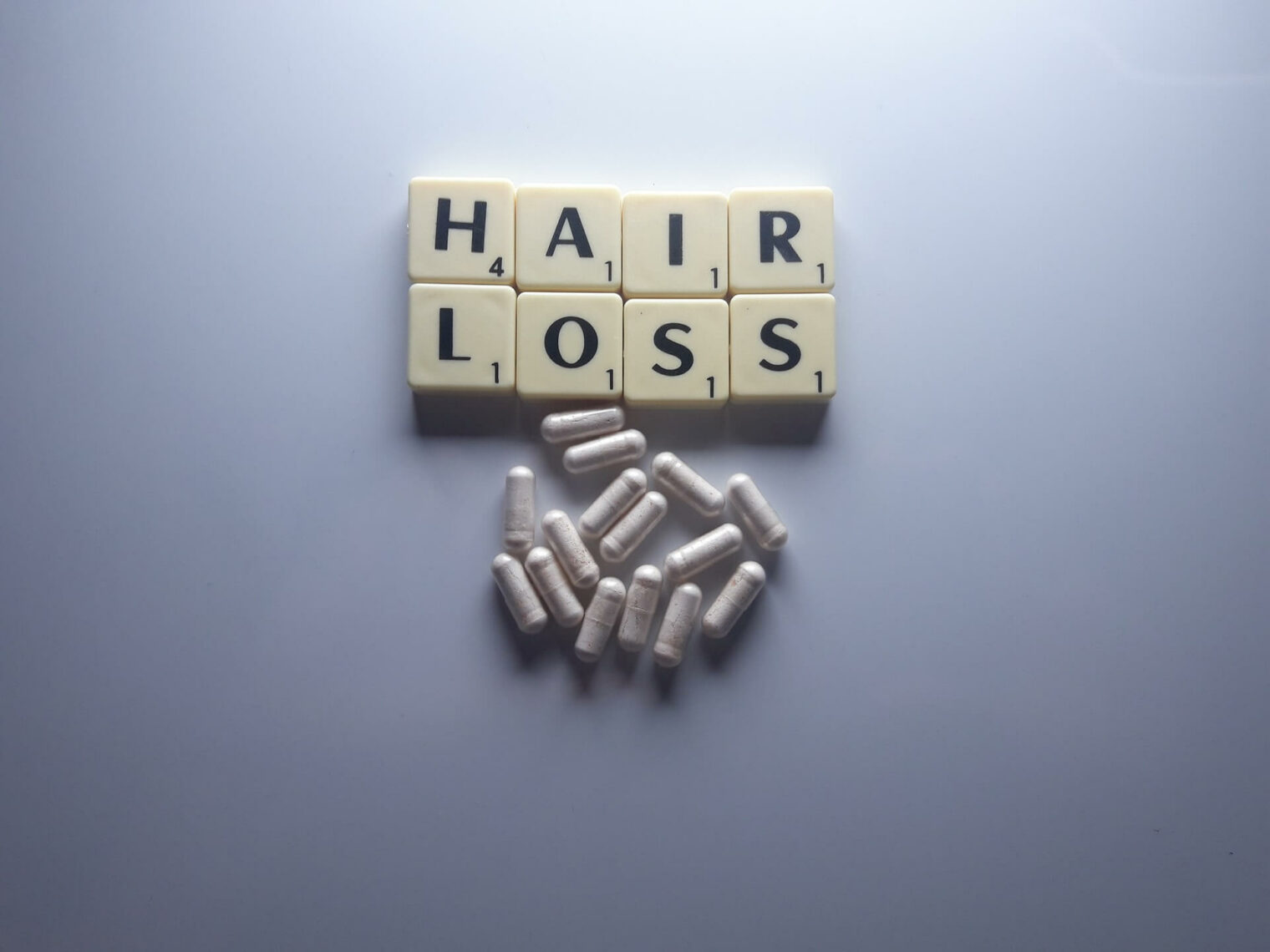
When to Seek Medical Attention
If you experience sudden and severe hair loss or if it is accompanied by other symptoms, it’s vital to seek medical attention promptly. To learn more about understanding and managing hair loss in men, read the full article.
When hair loss is accompanied by other symptoms
If hair loss is accompanied by other symptoms, medical attention should be sought. Various underlying health issues such as thyroid problems, nutritional deficiencies, and hormonal imbalances might manifest alongside hair loss.
It is crucial to address these potential contributing factors with a healthcare professional for appropriate diagnosis and treatment.
If hair loss is sudden and severe
If hair loss becomes sudden and severe, seeking medical advice is crucial to identify any underlying issues. Sudden and severe hair loss may be a sign of an underlying medical condition that requires prompt attention.
Seeking professional help can lead to appropriate diagnosis and effective treatment options, helping to address the issue early on.
Family history of hair loss
If men in your family have experienced hair loss, such as a receding hairline or thinning on the crown, you may be genetically predisposed to male-pattern baldness. The inheritance of this condition can come from either side of your family.
If close relatives on either your mother’s or father’s side have had hair loss, it increases the likelihood that you will also experience it. This is due to genetics and the influence of specific genes related to hair follicle sensitivity to hormones known as androgens.
Understanding whether there’s a family history of hair loss could provide valuable insight into potential future concerns about male-pattern baldness. It can help inform decisions about proactive treatment options and may encourage earlier intervention if signs of hair loss begin to emerge.
Treatment Options for Hair Loss
Treatment for hair loss includes medications like Finasteride and Minoxidil, wigs, and other treatments. Ways to cope with emotional difficulties are also provided, as well as information resources for support.
Medications (Finasteride and Minoxidil)
Finasteride and Minoxidil are two common medications used to treat hair loss in men. Finasteride works by blocking the hormone DHT, which is associated with hair loss, while Minoxidil helps to increase blood flow to the scalp, promoting hair growth.
These medications have been shown to be effective in slowing down or stopping hair loss and even regrowing hair in some cases. It’s important to consult a healthcare professional before using these medications, as they may not be suitable for everyone.
When considering using Finasteride or Minoxidil for hair loss treatment, it’s essential to understand their potential side effects and how they may interact with other medications or underlying health conditions.
Additionally, it’s important to use these medications consistently over time as directed by a doctor in order to see results.
In conclusion, while it’s crucial for individuals experiencing hair loss to explore their treatment options carefully and consult with medical professionals if necessary, Medications like Finasteride and Minoxidil can play a significant role in addressing male pattern baldness.
Wigs and hairpieces
Wigs and hairpieces are effective solutions for managing hair loss. They offer an immediate way to restore confidence and maintain a desired look. Wigs and hairpieces come in various styles, colors, and materials, providing individuals with the flexibility to find the most suitable option for their needs.
Additionally, they can be tailored to match natural hair textures for a seamless blend, offering a practical solution that addresses the aesthetic concerns associated with hair loss.
Users considering wigs and hairpieces should explore different types available on the market while also seeking professional guidance to select the best option based on their specific preferences and requirements.
By incorporating wigs or hairpieces into their daily routine, individuals can confidently navigate social situations without feeling self-conscious about their appearance. These products contribute significantly to improving overall well-being by enabling individuals to embrace different hairstyles tailored towards enhancing their personal style.
Other hair loss treatments
Transitioning from wigs and hairpieces to other hair loss treatments, individuals can explore various options beyond conventional solutions. Laser therapy, scalp micropigmentation, and platelet-rich plasma (PRP) injections are gaining traction as alternative treatments for addressing hair loss.
These therapies aim to stimulate hair growth and improve the overall health of the scalp, offering potential alternatives for those seeking different approaches to managing hair loss.
Additionally, herbal supplements and topical essential oils demonstrate promise in supporting healthy hair growth while nourishing the scalp.
Incorporating lifestyle modifications such as a balanced diet rich in vitamins and minerals encourages healthier locks. Scalp massages and aromatherapy may also promote blood circulation to the scalp, fostering an environment conducive to hair growth.
It’s worth noting that these non-traditional treatments provide additional avenues for individuals exploring comprehensive strategies in combating hair loss.
Emotional support and coping strategies
When dealing with hair loss, emotional support and coping strategies play a crucial role in maintaining overall well-being. It is normal to feel distressed or anxious about changes in physical appearance.
Seeking support from friends, family, or a support group can provide comfort during this time. Engaging in self-care activities such as exercise, meditation, or pursuing hobbies can also help reduce stress and enhance emotional resilience.
Additionally, speaking with a mental health professional may offer valuable support and coping strategies.
Understanding Hair Loss in Men: Causes, Symptoms, and Treatments
Information and support resources for hair loss
Support and information for hair loss are crucial. Understanding the emotional toll of hair loss, seeking support from friends, family, or online communities can be beneficial. Additionally, many organisations provide educational resources and guidance for managing the psychological impact of hair loss.
Support groups offer a space for individuals to share experiences and seek advice on coping strategies.
Seeking professional help from a therapist or counsellor who specialises in dealing with body image issues can provide tailored support. These professionals can help navigate the complexities of emotions surrounding hair loss and develop coping techniques.
Moreover, accessing reliable knowledge through reputable websites and publications contributes to informed decision-making regarding treatment options and emotional well-being.
Discovering Early Hair Loss in Men
We’ve covered the primary causes of hair loss in men, including genetics, medical issues, stress or shock, infections and immune system disorders, impulse control disorder and grooming habits.
The common types of hair loss in men discussed have been male-pattern baldness, female-pattern baldness, patchy hair loss (alopecia areata), traction alopecia, and frontal fibrosing alopecia.
We outlined when to seek medical attention for sudden and severe hair loss or when accompanied by other symptoms or a family history of hair loss. Additionally, we explored various treatment options like medications (Finasteride and Minoxidil), wigs and hairpieces as well as emotional support and coping strategies.


